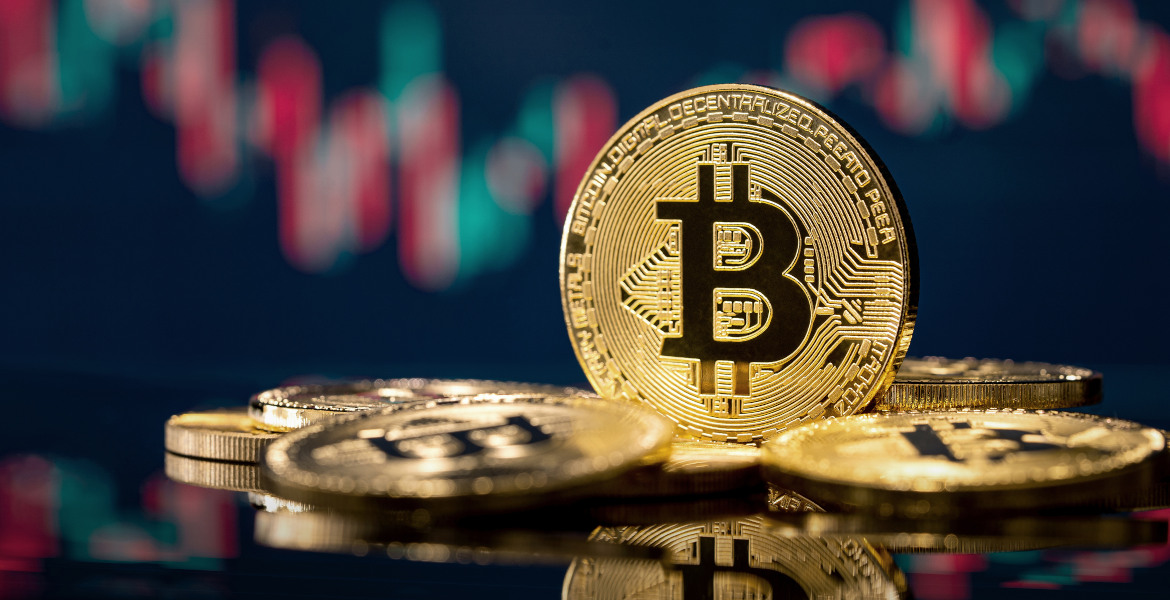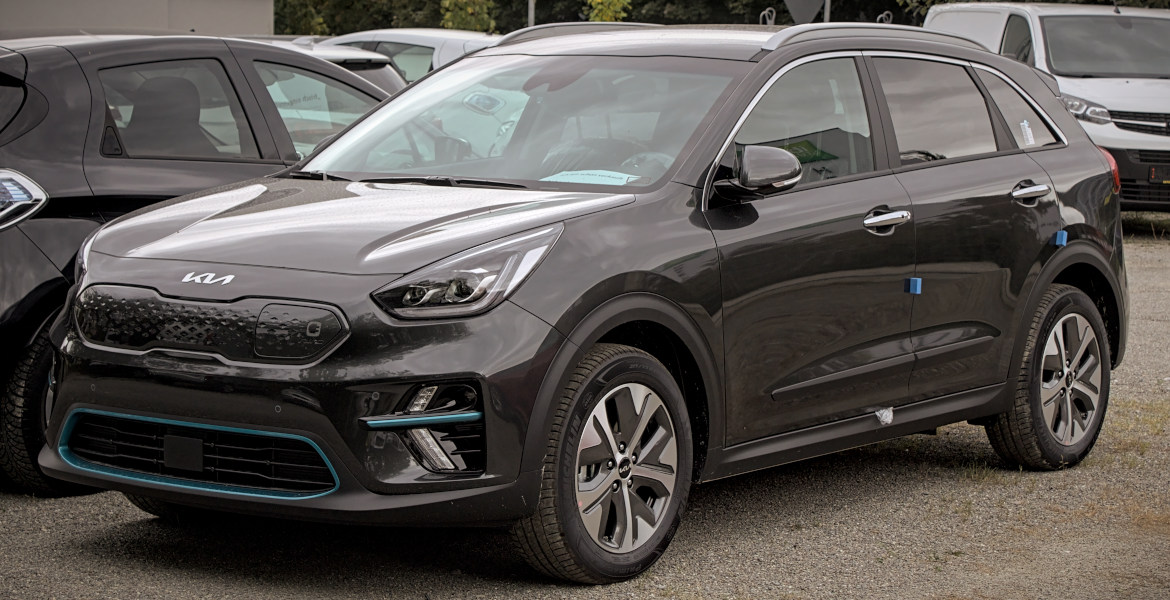Russian goods are becoming increasingly common in China, with honey and chocolate now topping the sales charts. At the same time, the number of companies trading in Russian goods has increased significantly since 2022.
The number of shops selling Russian goods is growing rapidly in China. In recent years, pop-up shops focusing on Russian-made products have become an increasingly common sight. Since 2022, 2,500 new businesses have started trading in Russian goods, almost half of which were registered last year.
After the West imposed sanctions on Russia, China has become an important economic partner for the country, CNN reports. The biggest Russian exports to China are gas, oil and coal, but vodka, Matryoshka dolls, honey and chocolate have also become popular products.
Russian goods are marketed as healthy and of high quality, which is appreciated by Chinese consumers.
– The best seller is Russian honey – it’s a big hit. And this chocolate is pure. They’re all very good, says a shop assistant in Beijing.
Entrepreneur Su, 20, has opened three stores with Russian products since September 2023 and believes they suit the local taste better than goods from Australia and Sri Lanka.
– China and Russia have maintained pretty good relations in recent years, and personally, I have a fairly positive view of Russia as a country, she says.








